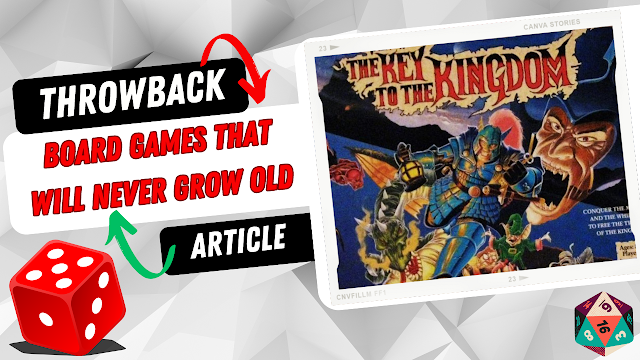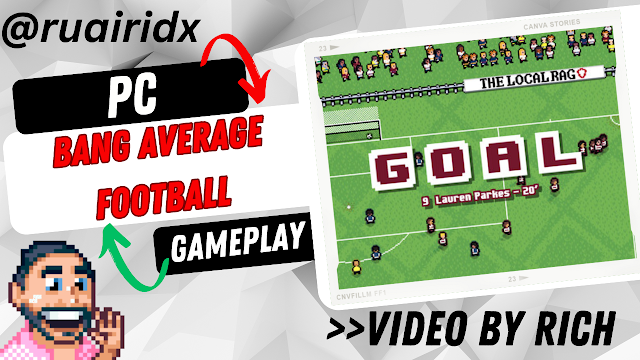Rocket League Ranked System Explained
Rocket League's ranked system is the backbone of its competitive gameplay, providing a standardised way to measure player skill, match opponents, and grab ranked rewards. This post will go through how the system operates, from the basics of ranks and divisions to the actual workings of matchmaking.
Overview of Rocket League Ranks
Rocket League features a tiered ranking system with 22 distinct ranks spread across eight primary tiers, ranging from Bronze to the elite Supersonic Legend. Each tier, except for Supersonic Legend, is split into three levels (I, II, III), and most levels are further divided into four divisions (Division I to IV).
For example, a player at Gold III Division II is two divisions away from advancing to Platinum I. Supersonic Legend, introduced in 2020 when the game went free-to-play, stands alone without divisions and represents the top 0.01% to 0.03% of players.
Here’s a breakdown of the rank tiers:
Players begin as Unranked and must complete 10 placement matches per season to earn their starting rank. Competitive modes include 1v1 (Duel), 2v2 (Doubles), 3v3 (Standard), and additional modes such as Hoops and Snow Day.
How the Ranking System Functions
At the core of Rocket League’s ranked system is the Matchmaking Rating (MMR), a hidden numerical value that reflects a player’s skill level. MMR increases with wins and decreases with losses, determining both your visible rank and who you’re matched against. The system evaluates not just wins and losses, but also the relative skill of opponents. This means that beating higher-ranked players yields more MMR, while losing to lower-ranked ones costs more.
Each rank tier and division corresponds to an approximate MMR range; however, these ranges can shift seasonally due to resets and player distribution adjustments. For instance, Bronze typically spans 0-399 MMR, while Supersonic Legend starts at around 1000 MMR or higher.
Crossing an MMR threshold moves you up or down divisions or tiers. However, promotion or demotion isn’t always immediate after a single match; recent performance and the strength of the opponent also play a role.
Every season begins with a soft reset, which lowers your visible rank slightly but retains your underlying MMR to maintain matchmaking accuracy. There’s no rank decay for inactivity, so your position only changes based on match outcomes.
Placement Matches and Rank Progression
New players or those entering a new playlist must complete 10 placement matches to establish their starting rank. Performance during these matches, including wins, losses, and the strength of opponents, determines the initial MMR and corresponding rank. A strong start can position you against more formidable opponents later in the placement, refining your assessment of your skill.
Once ranked, progression depends on consistent performance. Winning more matches than you lose promotes you to higher divisions and ranks, while losing more demotes you. The system also combats “unintentional smurfing,” AKA players ranked below their actual skill due to inactivity in a season, by potentially adjusting ranks upward during placements based on performance in other playlists.
Seasonal Rewards and Incentives
At the end of each competitive season, Rocket League distributes rewards based on the highest rank achieved. Players must win 10 matches at a specific rank to unlock their corresponding reward, which includes cosmetic items like decals, wheels, trails, and banners. Higher ranks, such as Grand Champion and Supersonic Legend, also earn unique player titles for added prestige.
Tips for Climbing the Ranks
Advancing in Rocket League requires a blend of mechanics, strategy, and consistency. That being said, here are a few actionable strategies to improve your rank:
Master Mechanics: Spend time in Free Play and Training Packs to improve your aerials, ball control, and recoveries, as strong fundamentals are critical at every level.
Understand Rotations: In team modes like 2v2 and 3v3, proper positioning and rotation prevent overcommitting and ensure defensive coverage.
Play with Focus: Queue for ranked matches when mentally sharp, and avoid grinding through losses or frustration.
Analyze Replays: Review gameplay with a Rocket League coach to identify and correct recurring mistakes, as fixing one key error can boost your win rate significantly.
Communicate Effectively: Utilize Quick Chat or voice communication to coordinate with teammates, boost team synergy, and improve match outcomes.
Challenges and Rank Distribution
Ranking up in Rocket League can be challenging due to the system’s complexity and the skill required at higher tiers. Most players fall between Gold and Diamond, reflecting a bell curve in rank distribution where the majority hover around average skill levels. Reaching Supersonic Legend is a rare feat, reserved for an elite fraction of the player base who often compete against professional players.
In conclusion, Rocket League’s ranked system is a flexible framework driven by MMR, designed to match players reasonably and reward dedication. By understanding its mechanics and focusing on consistent improvement, players can navigate the competitive ladder and aim for the top tiers in 2025.




No comments:
Post a Comment
Like what you see in the Games Freezer?
Why not tell us what you think with a few well-chosen comments? :)